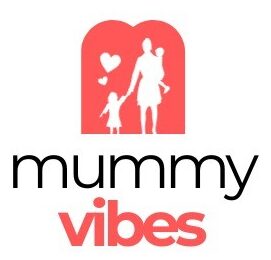
which area of development helps a child understand the difference between right and wrong?
Moral Development in Children
Moral development in children is a crucial aspect of their growth, shaping their ethical understanding and behavior towards others. This article delves into the essential area of development that aids children in comprehending the distinction between right and wrong.
Which Area of Development Helps a Child Understand the Difference Between Right and Wrong?
Cognitive Development
Definition: Cognitive development refers to the growth of a child’s thinking and understanding abilities. Significance: This area of development plays a pivotal role in helping children grasp the concepts of right and wrong by enabling them to reason, evaluate, and make moral judgments. Example: A child’s cognitive development allows them to understand that lying is inappropriate because it breaks trust and hurts others.
Social Development
Definition: Social development involves how children learn to interact with others, develop relationships, and understand social norms. Significance: Through social interactions, children learn about fairness, empathy, and cooperation, key aspects in discerning right from wrong. Example: By observing how their peers react to certain behaviors, children can gauge what is socially acceptable and what is not.
Emotional Development
Definition: Emotional development pertains to children’s ability to manage and express their emotions effectively. Significance: Emotional development is vital in moral understanding as it helps children recognize how their actions impact others’ feelings and wellbeing. Example: When a child sees a friend crying because of something they did, their emotional development allows them to empathize and understand the consequences of their actions.
Language Development
Definition: Language development encompasses a child’s ability to communicate verbally and nonverbally. Significance: Language skills enable children to discuss moral dilemmas, express their values, and understand the perspectives of others. Example: By engaging in conversations about right and wrong, children enhance their moral reasoning and develop a stronger ethical framework.
Physical Development
Definition: Physical development involves the growth and coordination of a child’s motor skills. Significance: While seemingly unrelated, physical development can indirectly impact moral understanding by influencing a child’s selfcontrol and ability to regulate their behavior. Example: Improved motor skills can help a child refrain from physically aggressive actions and consider the consequences of their actions.
Conclusion
In conclusion, the interplay of cognitive, social, emotional, language, and physical development collectively contributes to a child’s moral growth. By nurturing these different areas of development, parents, educators, and caregivers can support children in understanding the nuances of right and wrong, shaping them into morally responsible individuals.
